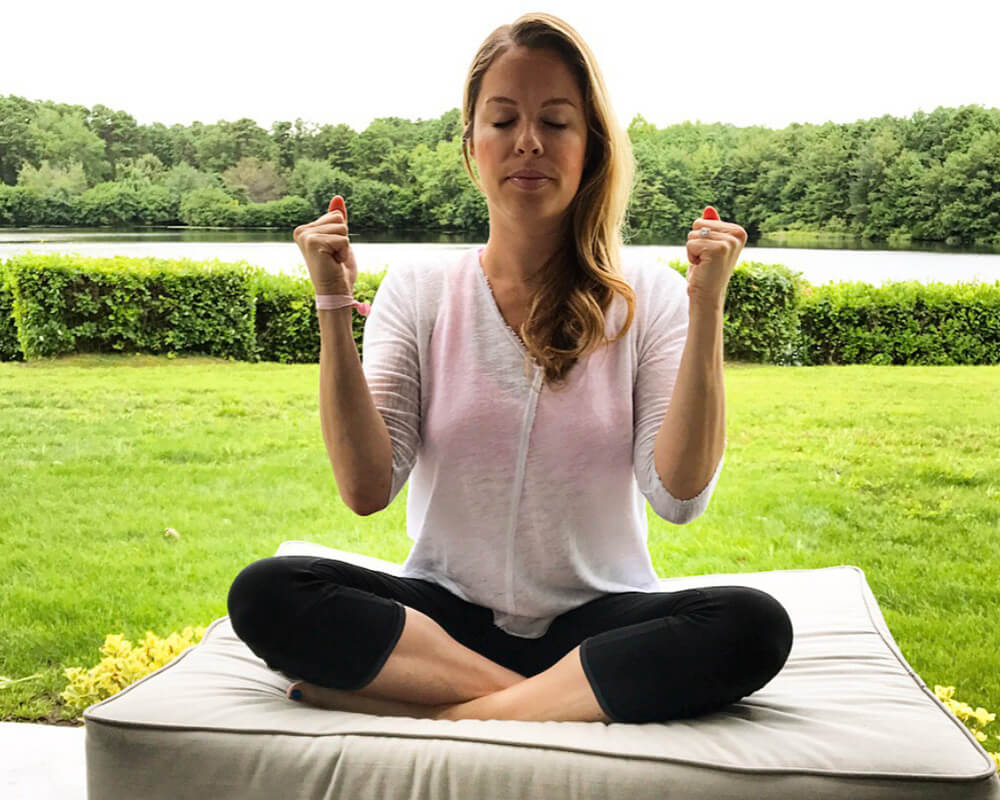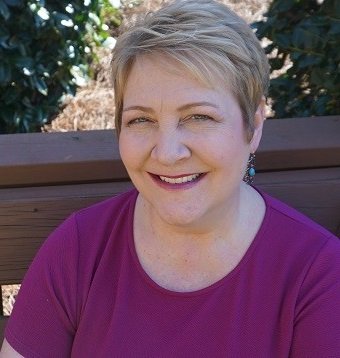Patient Perspective: Jody

In January of 2015, I was diagnosed with breast cancer. I was fortunate in that my cancer was caught early, but there were still decisions to be made and treatments to be selected. With all the information and guidance I was given by my doctors during the diagnosis period, leading up to surgery, and post-op follow up visits with doctors, I had no information about what life would be like after breast cancer. More importantly, I had no idea how to get myself back to the active and independent woman I was prior to my diagnosis. About three months after finding out that I had breast cancer I was given the diagnosis of cording, and that is when I was referred to TurningPoint for physical therapy. With everything there was to worry about with a breast cancer diagnosis, it had never entered my mind that I could wind up with such a limited range of motion that it would negatively impact my life. At TurningPoint, the physical therapists have a comprehensive understanding of the issues that are specific to breast cancer, breast cancer surgeries, and breast cancer treatments. I left my first physical therapy session feeling relieved, encouraged, and confident that I could get back to functioning as I did prior to breast cancer. My physical therapist sent me home that first day with a stretching program that she revised weekly as my range of motion increased. Every therapy session made a positive impact on my condition, and I saw myself improving daily as I continued to work on my home program. Now that I am three and a half years cancer free, TurningPoint is still a big part of my life. My favorite thing about TurningPoint now is the Wednesday morning Pilates Class that I have been participating in for the past 3 years. Pilates has become the core of my personal wellness program. It is my one hour a week when I do something good for myself, led by an instructor who knows exactly what I need to focus on, with a group of women who have walked parallel journeys to mine. TurningPoint Pilates is exercise, therapy, compassion, and camaraderie. Our instructor tailors the class to breast cancer survivors, but she also advises, educates, and facilitates discussions, adding an educational component to our weekly class. At 60 years old, I am stronger, more flexible, and more knowledgeable about wellness than I have ever been. TurningPoint has been invaluable not only to my recovery, but to my maintaining a healthy lifestyle.
Evidence Update: Investigating the Effects of Progressive Muscle Relaxation on Patients with Cancer Receiving Chemotherapy

These studies examined relaxation training as an intervention for the adverse reactions that can occur during chemotherapy. Anxiety, depression and reduced quality of life can accompany chemotherapy in breast cancer patients. The studies examined two groups of breast cancer patients and the group that received the progressive muscle relaxation training had less anxiety and stress during and post chemotherapy. Progressive muscle relaxation can reduce both psychological and physiological side effects of chemotherapy and can be used as an aide to better quality of life. Qing-Hua Song,Rong-Mei Xu,Quan-Hai Zhang,Ming Ma, Xin-Ping Zhao. Int J Clin Exp Med. 2013; 6(10): 979-984. Kapogiannis A, Tsoli S, Chrousos G. Investigating the Effects of the Progressive Muscle Relaxation-Guided Imagery on Patients with Cancer Receiving Chemotherapy Treatment. Explore (NY). 2018 Mar – Apr;14(2):137-143.
Patient Perspective: Janet

At the age of 52, after the passing of my sister from ovarian cancer and the high incidence of other family cancers, I opted to have preventative bilateral mastectomy and breast reconstruction. As part of my recovery, I found TurningPoint. I was welcomed by the entire TP staff who treated me like a true friend as they provided physical therapy and compassion, helping me get back to my ‘normal’ after the mastectomy and reconstructive breast surgeries. Two years later at age 54, imagine my shock when I discovered a lump under my right arm. Biopsy results showed that it was breast cancer, stage 3a. I had to have more surgeries, chemo, radiation, and 49 lymph nodes removed. I was left with daily pain, tenderness, the risk of lymphedema, lack of motion and neuropathy causing bad balance. But the worse part was the intense discouragement and sadness I felt after being so proactive with my health. This time, I had to work even harder to regain my ‘normal’ so I could enjoy an active life with my loving and supportive family (husband Randy, daughter Erica, age 22 and son Sean, age 20) and the activities I enjoy the most: walking, hiking, gardening and cooking. I returned to my TurningPoint ‘family’, who were an essential part of my recovery. I was relieved to see the welcoming smiles and again feel the compassion of the entire staff. My TP ‘family’ provided me with strong encouragement and hope, smiles and friendship and so much more. They provided targeted and knowledgeable physical therapy, lymph massage and techniques to help me heal and return to my normal life and the activities that I treasure most. The TurningPoint staff members are among my most treasured friends! I strongly recommend TurningPoint to all people going through the side effects of breast cancer treatment.
Evidence Update: Get an Exercise Buddy for an Effective Program

A recent 2016 research study performed at University of Aberdeen found that starting an exercise routine with a new partner can increase the amount of time you exercise. Participants in the study were divided into two groups, one group was asked to find a new “gym buddy” and the other group was asked to continue their normal routine. Results found that the group who worked out with a friend exercised more than those who followed their typical exercise routine. The scientists also found that people worked out more when their exercise buddy offered emotional support and encouragement, rather than just practical support, such as never missing a session. Pamela Rackow, Urte Scholz, Rainer Hornung. Received social support and exercising: An intervention study to test the enabling hypothesis. British Journal of Health Psychology. 2015; 20 (4): 763 DOI: 10.1111/bjhp.12139










